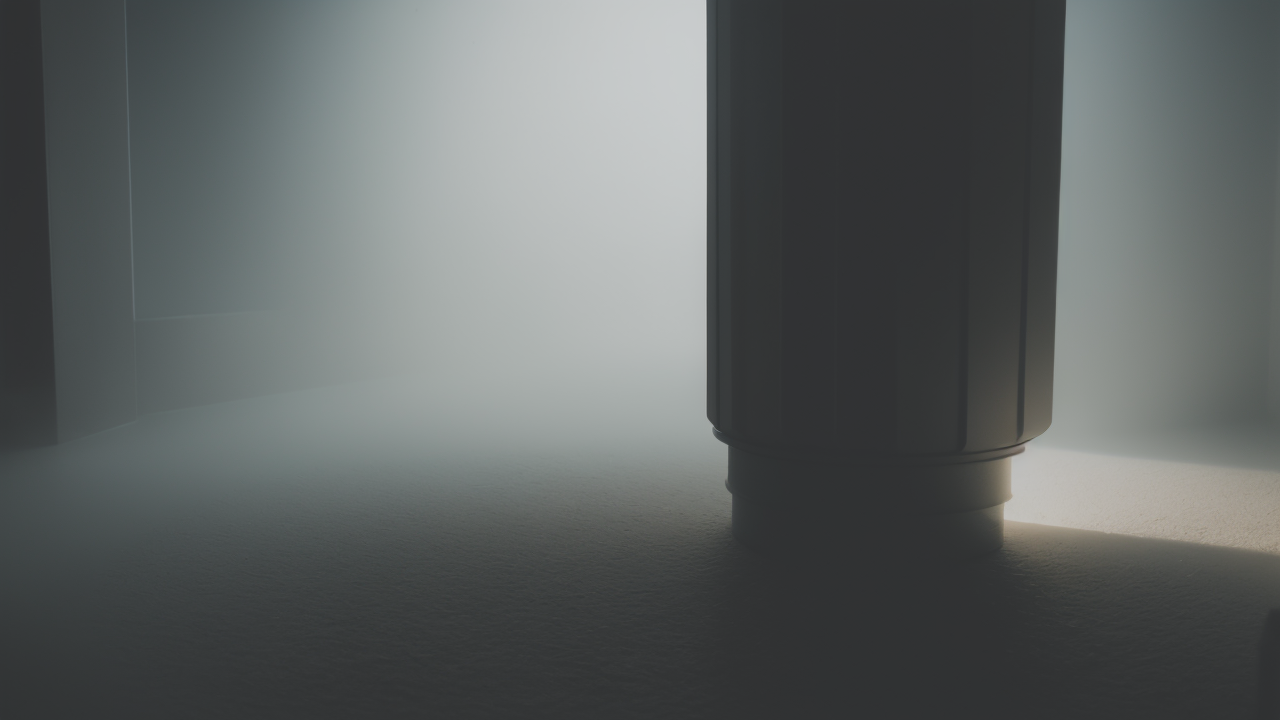
Mastering Plaster Techniques: Elevate Your Contemporary Art Practice
Understanding the Role of Plaster in Art and Craftsmanship
The Historical Significance of Plaster in Art
Plaster has been a key material in art for centuries. Ancient Egyptians used it for tomb decorations. Greeks and Romans created stunning sculptures with plaster. During the Renaissance, artists made plaster casts to study anatomy. In the 19th century, plaster became popular in architecture. Modern artists use plaster for its unique textures and versatility. It allows for both delicate details and bold forms. Plaster's ability to capture textures makes it ideal for molds and casts. Throughout history, artists have used plaster to explore form and texture in their work.

Benefits of Using Plaster in Modern Art Creations
Plaster offers many advantages for contemporary artists. It's affordable and easy to find, making it accessible to all. The material is versatile, allowing for various techniques and finishes. Artists can create smooth surfaces or rough textures easily. Plaster dries quickly, enabling faster work progress. It's lightweight yet durable when properly sealed. The white color of plaster provides a perfect base for painting. It can also be left as is for a minimalist look. Plaster is eco-friendly and non-toxic, aligning with modern sustainability concerns.
Best Practices for Texture Painting with Plaster
Preparing the Right Plaster Material
Choosing the right plaster is crucial for successful texture painting. There are several types available:

- Gypsum plaster: Great for fine detail work
- Lime plaster: Durable and suitable for outdoor pieces
- Cement-based plaster: Offers strength for large-scale projects
Always mix plaster according to the manufacturer's instructions. Use clean water and tools to avoid contamination. Prepare only as much as you can use before it sets. Consider adding pigments for color variation. You can also mix in aggregates like sand or perlite for texture. Experiment with different ratios to achieve your desired consistency. Test your mix on a small area before applying it to your artwork.
Step-by-Step Guide to Achieving Desired Textures
- Start with a clean, dry surface.
- Apply a base layer of plaster evenly.
- Allow the base to partially set.
- Use tools to create textures while plaster is still workable.
- Experiment with different techniques:
- Troweling for smooth finishes
- Stippling for rough textures
- Combing for linear patterns
- Pressing objects for imprints
- Allow texture to set slightly before refining.
- Smooth edges and blend areas as needed.
- Let the plaster dry completely before finishing.
Take your time and don't rush the process. Each layer and texture needs time to develop properly.
Techniques and Tools for Enhancing Artwork with Plaster
Plaster offers endless possibilities for texture and form. Use a trowel for smooth, flat surfaces. Create swirls and waves with a notched spreader. Achieve a stucco effect with a brush or sponge. Try unconventional tools like plastic wrap or leaves for unique textures. Layer thin coats of plaster for depth and dimension. Carve into partially set plaster for relief designs. Add found objects or aggregates for visual interest. Consider using stencils or molds for repeating patterns. Experiment with different application methods:
- Spattering for a speckled effect
- Dragging for linear textures
- Pressing and pulling for organic shapes
Don't be afraid to combine techniques for complex, layered textures. Practice on small samples to perfect your skills.
Overcoming Challenges in Plaster Artwork
Troubleshooting Common Issues in Plaster Texture Painting
Cracking is a common problem in plaster work. To prevent it, avoid applying thick layers at once. Instead, build up thin layers gradually. If cracks appear, fill them with fresh plaster and smooth over. Bubbles can form during mixing or application. To avoid this, mix plaster slowly and apply in even strokes. Pop any bubbles that form immediately. Uneven drying can cause warping. Ensure proper ventilation and avoid direct heat or sunlight. If plaster sets too quickly, work in smaller batches or use a retarder. For slow setting, check your water ratio and room temperature.

Maintaining Quality and Durability in Artwork
Proper sealing is crucial for long-lasting plaster art. Choose a sealer appropriate for your finish and display location. For outdoor pieces, use a weatherproof sealer. Apply multiple thin coats rather than one thick layer. Allow each coat to dry fully before the next. Avoid handling the artwork until completely cured. Store finished pieces in a dry, temperature-controlled environment. Dust regularly with a soft brush. For cleaning, use a slightly damp cloth and avoid harsh chemicals. Repair any damage promptly to prevent further deterioration. Consider framing or mounting options to protect the artwork.
Legal Considerations and Regulations in the US for Art Materials
In the United States, art materials are regulated for safety. The Labeling of Hazardous Art Materials Act (LHAMA) requires proper labeling. Ensure all plaster products comply with these regulations. Some plasters may contain silica, which has specific handling requirements. Always work in a well-ventilated area and use appropriate protective gear. Follow local disposal guidelines for plaster waste. If selling artwork, be aware of consumer product safety laws. Keep records of materials used in case of future inquiries. Consider liability insurance for professional artists working with plaster. Stay informed about any changes in regulations affecting art materials.
Remember, safety should always be your top priority when working with any art materials. By following these guidelines and best practices, you can create stunning plaster artworks while ensuring the longevity of your pieces and your own well-being. Experiment, practice, and don't be afraid to push the boundaries of what's possible with plaster in your art practice.


